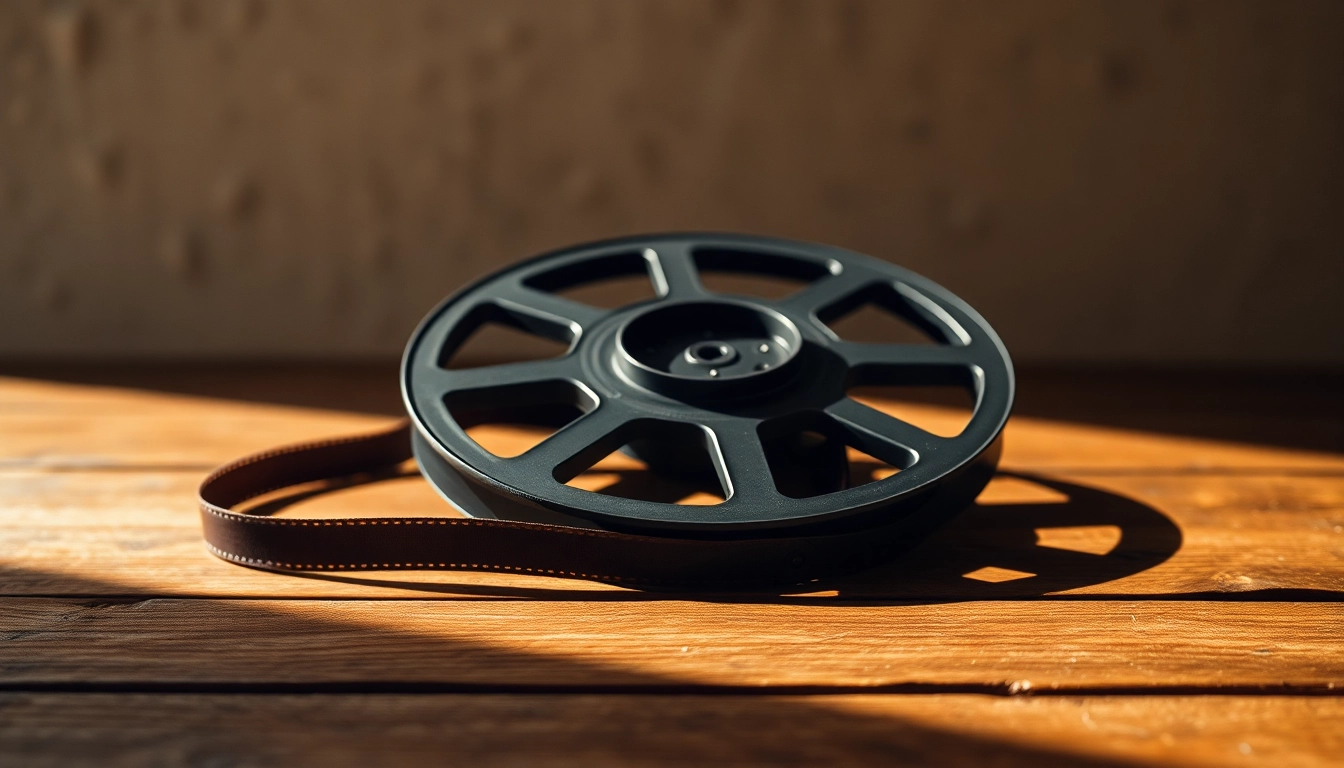Understanding Music Pitching
In the modern music industry, music pitching has become an essential skill for artists seeking exposure and recognition. Whether aspiring musicians or established acts, the ability to effectively pitch your music can dramatically influence your career trajectory. This article delves into what music pitching is, why it matters, and the techniques to master it.
What is Music Pitching?
Music pitching refers to the process of presenting your music to curators, blogs, radio stations, and industry professionals with the goal of getting your tracks featured. This process can be compared to salesmanship in other industries; you’re essentially advocating for your music, aiming to convince others of its value and appeal.
In practice, music pitching often includes creating personalized emails, social media messages, or utilizing platforms designed to connect artists with music curators. The narrative you build around your music is critical; it’s not just about sending your song, but also about telling a story that captures attention.
The Importance of Music Pitching
The significance of music pitching cannot be overstated. In a digital age saturated with content, artists need to find avenues to differentiate themselves from the competition. Effective pitching can lead to:
- Increased visibility: Getting your tracks on playlists or featured in blogs can expose your music to a wider audience.
- Enhanced credibility: Being featured by reputable curators and publications can legitimize your music career.
- Opportunities for growth: Lining up gigs, collaborations, and partnerships is often facilitated through successful pitches.
Common Myths about Pitching Music
Several misconceptions surround the topic of music pitching that can hinder aspiring artists. Here are some of the most prevalent myths:
- Only Famous Artists Get Pitched: Many indie artists have gained traction through effective pitching. It’s accessible to anyone willing to put in the effort.
- Pitches Need to Be Formal: While professionalism is essential, a personal touch is often more engaging.
- Timing is Not Critical: Timing your pitch around the release of your music significantly impacts its acceptance and reach.
Preparing Your Music for Pitching
Creating Quality Tracks
Before you pitch your music, ensure your tracks are of high quality. This includes both the production and the songwriting. Here are some key aspects to consider:
- Professional Production: Invest in mixing and mastering to ensure your track sounds polished.
- Clear Artistry: Your music should reflect your unique voice and style, which helps you stand out from the crowd.
- Target Audience in Mind: Understand the style and preferences of your ideal listeners, and create songs that resonate with them.
Developing an Artist Brand
Your music pitch must embody your brand as an artist. A strong brand helps you connect with audiences and curators alike. Focus on the following elements:
- Visual Identity: Develop a consistent look across your social media, music videos, and promotional materials.
- Tone and Voice: Determine the voice of your brand—are you casual, professional, humorous? This should align with your music and engage your audience.
- Storytelling: Craft a narrative around your music that showcases your journey, influences, and goals, enhancing emotional connections.
Choosing the Right Time to Pitch
The timing of your music pitch can significantly impact its success. Consider the following strategies:
- Timing Your Release: Best practices suggest pitching at least seven days prior to your release to increase chances of inclusion on playlists.
- Seasonal Factors: Certain times of the year may see higher engagement in specific genres. Research seasonal trends related to your music style.
- When You Have a Following: If you’ve recently gained attention from social media, leverage that momentum for pitches.
Strategies for Effective Music Pitching
Utilizing Online Platforms for Music Pitching
In recent years, numerous digital platforms have emerged, providing venues for music pitching. Consider the following:
- Playlist Submission Platforms: Services like SubmitHub allow you to directly pitch your music to playlist curators and blogs, enhancing your reach.
- Social Media: Utilize platforms like Instagram and Twitter to connect with curators. Engage with their content before pitching your work.
- Networking Sites: Platforms like LinkedIn can help establish professional connections with industry personnel.
Writing a Compelling Pitch
Your pitch must grab attention quickly. Here’s how to create a captivating pitch:
- Personalization is Key: Tailor each pitch specifically for the curator or platform, referencing their previous work or preferred music styles.
- Include Essential Details: Provide track names, release dates, and a link to the music, ensuring curators can access your work easily.
- Be Concise but Engaging: Maintain brevity while capturing your unique artistry. Avoid lengthy descriptions—focus on the hook.
Leveraging Social Media for Exposure
Social media plays a crucial role in music promotion. Consider the following tactics:
- Engage Regularly: Regular posts, behind-the-scenes content, and live performances keep your audience engaged while increasing shareability.
- Collaborations: Partner with other artists or influencers to reach broader audiences.
- Utilizing Hashtags: Research and include trending hashtags to increase the visibility of your posts.
Following Up and Building Relationships
Best Practices for Following Up
After sending your pitch, it’s essential to follow up effectively. Here are some best practices:
- Wait for a Reasonable Time: Give curators a week or two before following up. This provides them ample time to review your pitch.
- Be Professional: Maintain a respectful and polite tone in your follow-up. Express gratitude for their time.
- Include New Developments: If relevant metrics change (like an increase in streaming numbers), mention them to reinforce your appeal.
Nurturing Relationships with Curators
Building relationships within the music community is key. Consider the following strategies:
- Engage with Their Music: Show genuine interest in their playlists or the music they curate.
- Share their Work: Promote their playlists or posts on your social media to demonstrate support.
- Stay in Touch: Regularly update them on your music journey without being intrusive or overwhelming.
Handling Rejections Gracefully
Rejection is a common aspect of music pitching. Here’s how to handle it like a pro:
- Seek Constructive Feedback: If possible, ask for feedback on why your pitch may not have succeeded.
- Don’t Take It Personally: Understand that rejections are part of the business and not a reflection of your talent.
- Learn and Adapt: Adjust your strategy based on what you learn from each experience, ensuring to improve for next time.
Measuring Success in Music Pitching
Key Performance Indicators (KPIs) for Pitches
Tracking the effectiveness of your music pitches is crucial for continuous improvement. Key performance indicators include:
- Response Rates: The percentage of pitches that elicit a response can indicate the effectiveness of your approach.
- Placement Success: Monitor how many of your pitches result in placements on playlists or features on blogs.
- Audience Engagement: Examine metrics such as plays, shares, and comments to gauge audience reception after pitching.
Analyzing Feedback and Metrics
Analyzing feedback from your pitches can help refine your strategy. Take the following steps:
- Compile Feedback: Gather all responses—whether positive or negative—and look for common themes.
- Iterate Based on Insights: Use feedback and analytics to tweak your music, your branding, or your pitch content to better resonate with curators.
- Set Goals for Improvement: Based on your analyses, set measurable goals for your next series of pitches.
Iterating on Your Pitch Strategy
Continuous improvement is the hallmark of successful music pitching. Here are some methods to ensure you’re always on your A-game:
- Stay Informed: Keep up with trends in the music industry and adjust your pitches accordingly.
- Network and Collaborate: Work with other artists to learn from their experiences and share pitching strategies.
- Self-Reflection: Regularly assess your approach, and be open to evolving your methods based on what you learn.



